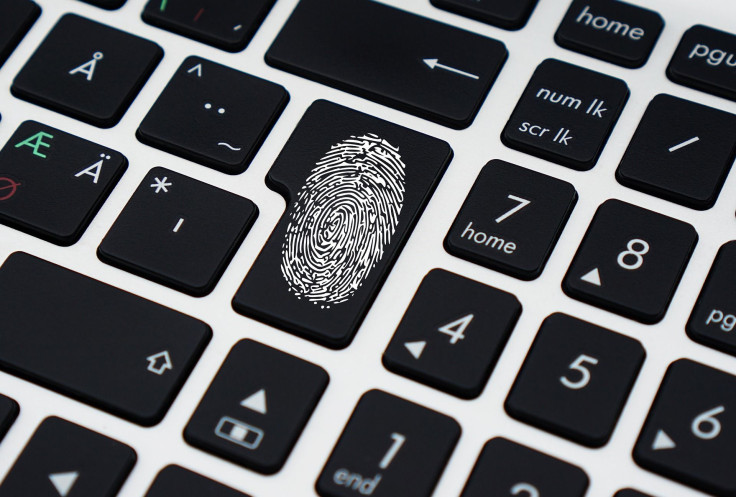Microsoft Makes Consumer Accounts Password-Free: Here's What You Should Do To Log In
KEY POINTS
- Microsoft users can now access their accounts without a password using sign-in alternatives
- The company earlier rolled out the feature for commercial users
- Windows 10 and 11 will support the passwordless feature
Microsoft is finally making all its accounts passwordless as tech giants like Apple and Google continue to work toward eliminating passwords completely.
Microsoft account holders can now ditch their passwords and sign in using some alternatives. They can log in through a Microsoft Authenticator app, Windows Hello, SMS code, email verification or a security key, the company said in a blogpost Wednesday.
In March, the Redmond-based tech giant rolled out passwordless authentication for commercial users. Now the software giant has made it available for all Microsoft accounts, TechCrunch reported.
Vasu Jakkal, corporate vice president of Microsoft security, compliance & identity, told The Verge that the pandemic has sped up the company's effort to go passwordless.
"When you have digital transformation and businesses having to go remote overnight … the number of digital surfaces has increased exponentially. The number of attack surfaces has increased exponentially, so that was a big driving factor for us in accelerating a lot of our security initiatives," he added.
To sign in without using a password, a Microsoft account holder must install the Microsoft Authenticator mobile app and link it to the user's account. Then, go to account.microsoft.com and select the advanced security option.
In the additional advance security section, enable passwordless accounts. Approve the changes to make the account password-free. Users can still revert and add a password to the account.
The passwordless sign-in option is available only to Windows 10 and Windows 11 users. Office 2010 and earlier versions will still require a password for signing in. Remote Desktop, Xbox 360 and unsupported versions of Windows will not be able to use the feature.
In May 2018, Google released the Chrome 67, the first Chrome version that provides support to Web Authn by default. The feature allows people to sign in to websites without entering a password and instead use fingerprints or other biometrics.
Apple, in June, announced its upcoming iOS 15 and macOS Monterey will have the "Passkeys in iCloud Keychain"– a passwordless way of signing in using Face ID, Touch ID or a security key. At its annual Worldwide Developers Conference, the company presented a video clip to demonstrate how a user can sign in to a device without a password.

© Copyright IBTimes 2024. All rights reserved.





















